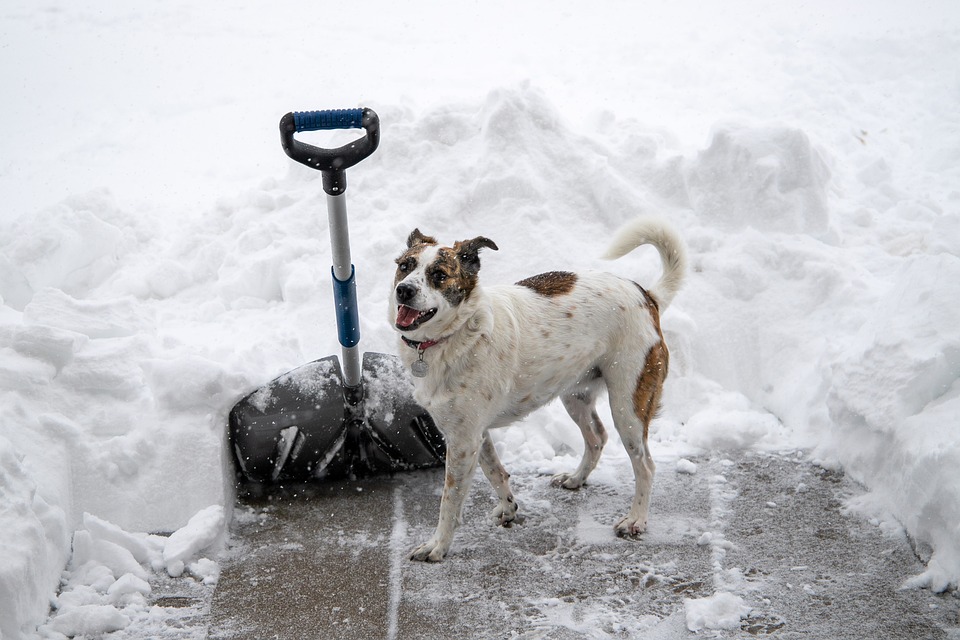Canine allergies are a common issue that many dog owners face. Just like humans, dogs can develop allergies to various substances in their environment, including food, pollen, dust mites, and fleas. Recognizing and managing these allergies is crucial for the well-being of our furry friends. In this comprehensive guide, we will explore the different types of allergies in dogs, how to recognize allergy symptoms, methods of diagnosis and testing, and effective strategies for managing allergies.
I. Types of Allergies in Dogs:
A. Food Allergies:
Food allergies in dogs are triggered by certain ingredients in their diet. Common symptoms include gastrointestinal issues, skin problems, and chronic ear infections. To diagnose food allergies, your veterinarian may recommend an elimination diet or conduct blood tests. Nutritional management through a hypoallergenic diet is the key to managing food allergies in dogs.
B. Environmental Allergies:
Environmental allergies in dogs are caused by allergens such as pollen, dust mites, and mold. Dogs with environmental allergies often experience itching, redness, and respiratory symptoms. Environmental control measures, such as keeping the dog’s living area clean, using air purifiers, and limiting outdoor exposure during peak allergy seasons, can help manage these allergies.
C. Flea Allergy Dermatitis:
Flea allergy dermatitis is a specific type of allergy caused by flea bites. Some dogs are hypersensitive to flea saliva, which triggers an allergic reaction. Signs of flea allergy dermatitis include intense itching, hair loss, and skin inflammation. Preventing fleas through regular flea control treatments and using flea prevention products can help manage this type of allergy.
II. Recognizing Allergy Symptoms in Dogs:
Recognizing allergy symptoms in dogs is essential for early detection and effective management. Common signs of allergies include itching, redness, rashes, and hives. Dogs may also exhibit respiratory symptoms such as sneezing, coughing, watery eyes, and a runny nose.
III. Diagnosis and Testing Methods:
If you suspect your dog has allergies, it is important to consult with a veterinarian. A physical examination and detailed history can help in diagnosing allergies. Allergy testing options include intradermal skin testing, blood testing (serology), and elimination diet trials to identify the specific allergens triggering the dog’s symptoms.
IV. Managing Allergies in Dogs:
A. Allergy Medications:
Allergy medications, such as antihistamines, corticosteroids, immunosuppressive drugs, and topical medications, can provide relief from allergy symptoms. However, these medications should only be used under veterinary guidance to ensure safety and effectiveness.
B. Allergy-Friendly Diets and Supplements:
Choosing a hypoallergenic dog food that avoids common allergens can help manage food allergies. Additionally, supplements such as omega-3 fatty acids and probiotics can support skin health and reduce inflammation. Some dog owners may opt for homemade diets, but it is crucial to consult with a veterinarian or veterinary nutritionist to ensure a balanced and allergen-free diet.
C. Environmental Control Measures:
Regular cleaning and vacuuming of the dog’s living area can help reduce allergens. Using air purifiers and HEPA filters can also improve indoor air quality. During peak allergy seasons, limiting outdoor exposure can minimize exposure to pollen and other environmental allergens.
V. Frequently Asked Questions (FAQs):
1. Can dogs develop allergies later in life?
Yes, dogs can develop allergies at any age, even if they have never shown any signs before.
2. Are certain dog breeds more prone to allergies?
Some dog breeds, such as Retrievers, Bulldogs, and Terriers, are known to be more prone to allergies. However, allergies can affect dogs of any breed or mix.
3. Can I cure my dog’s allergies completely?
While allergies cannot be cured permanently, they can be effectively managed through proper identification of triggers and appropriate treatment.
4. Can I use human allergy medications for my dog?
No, human allergy medications should not be used for dogs without veterinary guidance. Some medications can be toxic to dogs, and the dosage and formulation may not be suitable for them.
5. How long does it take to see improvement after starting allergy treatment?
The timeframe for improvement varies depending on the individual dog and the severity of the allergies. It can take weeks to months to see significant improvement in symptoms.
Conclusion:
Recognizing and managing allergies is crucial for the health and well-being of our canine companions. By understanding the different types of allergies, recognizing their symptoms, and implementing appropriate management strategies, we can help alleviate our dogs’ discomfort and improve their quality of life. A holistic approach that includes proper nutrition, medication, and environmental control measures is key to effectively managing canine allergies. If you suspect your dog has allergies, consult with a veterinarian for a proper diagnosis and treatment plan.









